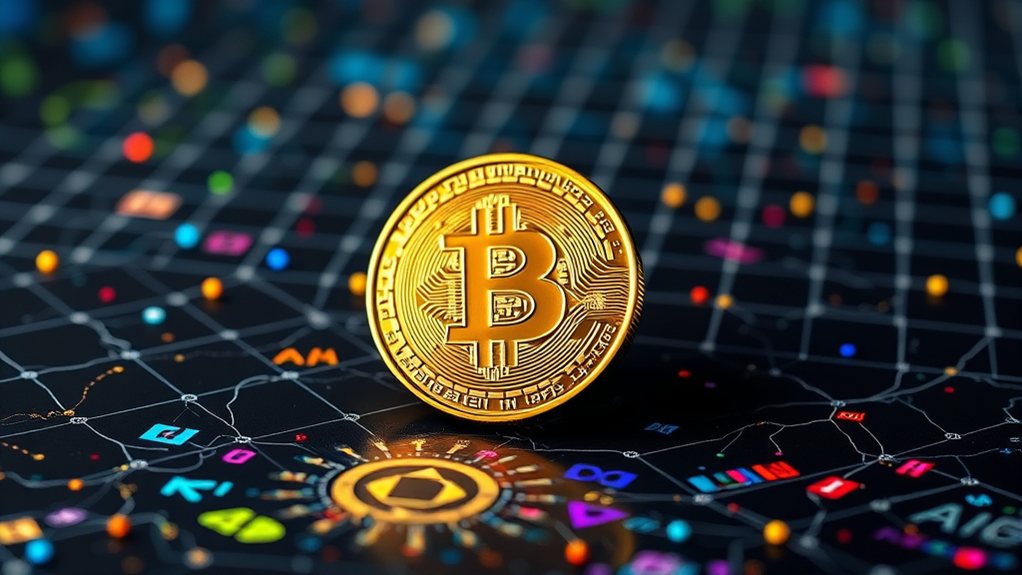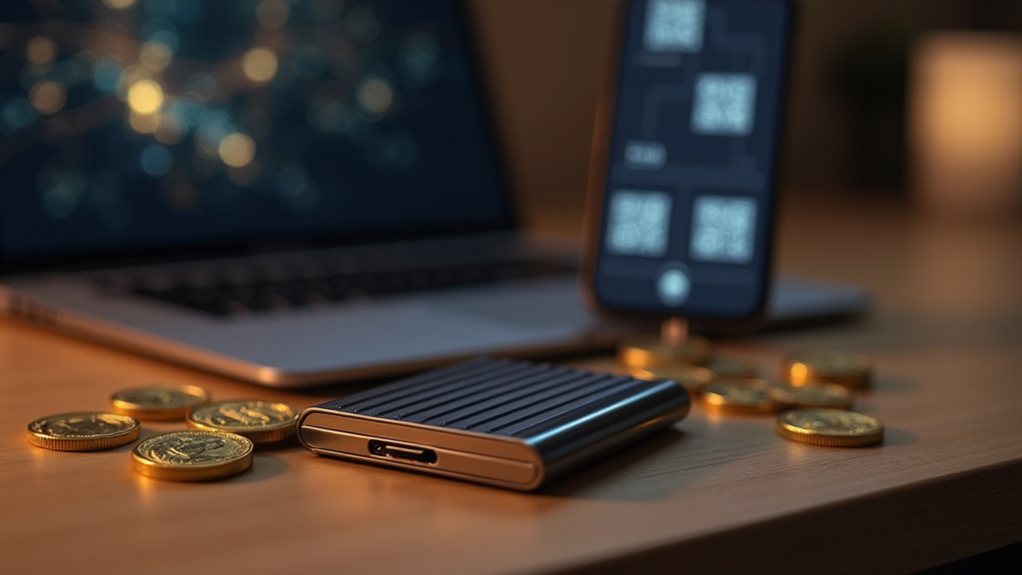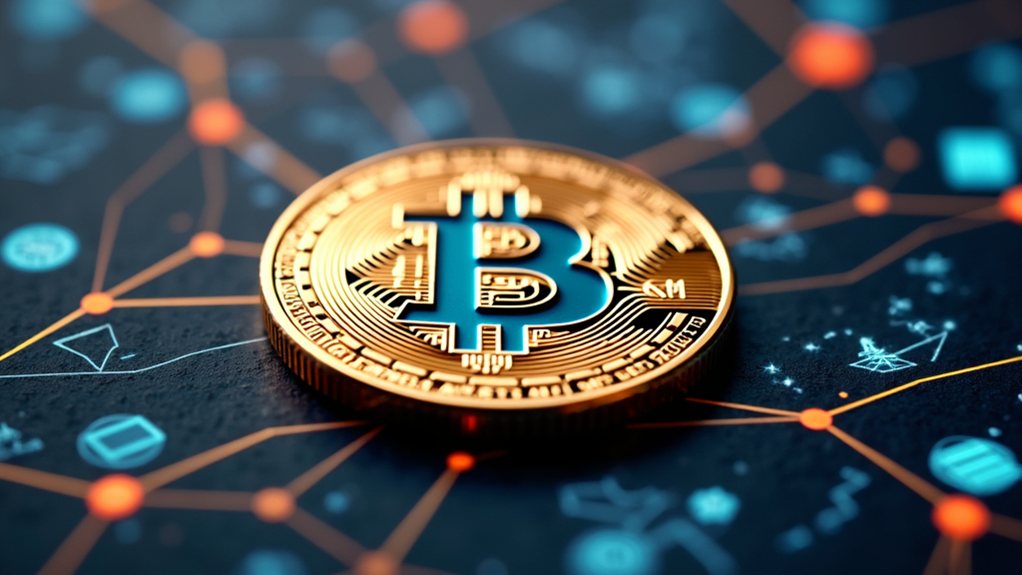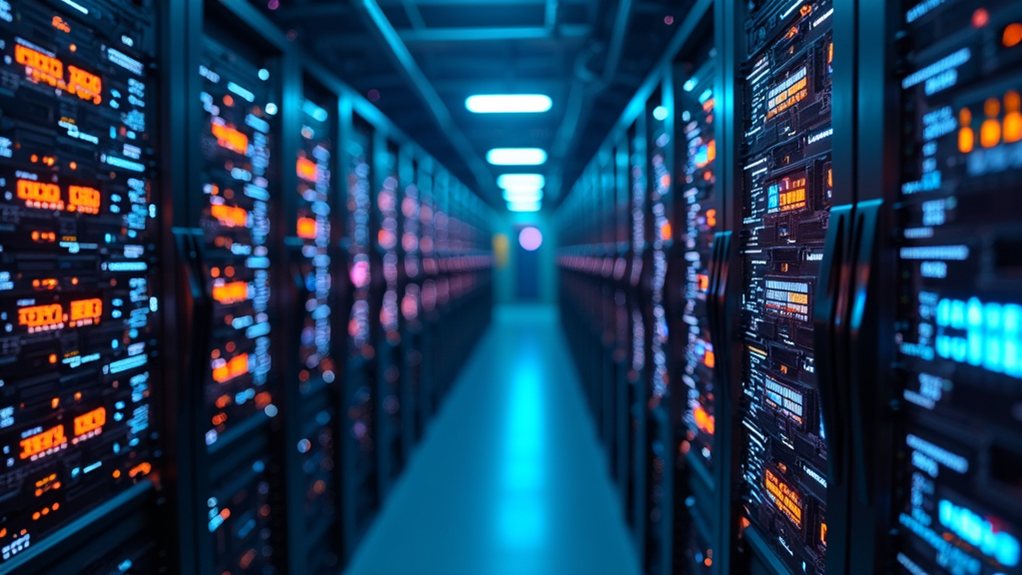Bitcoin Ordinals are digital assets launched in January 2023 that exist on the Bitcoin blockchain. They work by inscribing content like images, text, or videos onto individual satoshis (the smallest units of Bitcoin). Using Bitcoin's Taproot upgrade, Ordinals create Bitcoin-native NFTs without changing the protocol. They've increased transaction fees and block sizes while sparking debate among the community. This innovation expands Bitcoin's utility beyond financial transactions into digital ownership.

A digital revolution is taking place on the Bitcoin blockchain with the emergence of Bitcoin Ordinals. These unique digital assets were launched on the Bitcoin mainnet in January 2023, bringing a new way to create and own digital content. Ordinals are inscribed onto individual satoshis, the smallest units of Bitcoin, allowing users to own Bitcoin-native NFTs without changing the Bitcoin protocol or adding extra layers.
Ordinals work by assigning serial numbers to satoshis based on the order they were mined. This ordinal theory enables creators to inscribe data directly onto these satoshis. The technology relies on Bitcoin's Taproot upgrade and SegWit features, storing data in Taproot script-path spend scripts. This creates unique, traceable digital artifacts that live on the Bitcoin blockchain.
Ordinal theory transforms satoshis into unique digital canvases, permanently preserving creative works on Bitcoin's immutable ledger.
The range of content that can be inscribed as ordinals is diverse. Users can add images, text, audio files, video clips, and even entire digital games to individual satoshis. Each satoshi is worth 0.00000001 BTC, making these digital assets highly granular. This flexibility has attracted artists and digital creators looking for new ways to share and sell their work.
Unlike traditional NFTs that often rely on separate blockchains or layers, ordinals exist directly on Bitcoin's blockchain. They don't use smart contracts, making them more decentralized and resistant to censorship. However, this direct blockchain storage means they can be more expensive to create and limited in size compared to NFTs on other platforms.
The introduction of ordinals has affected the Bitcoin network in several ways. Transaction fees have increased, and average block sizes have grown larger. This has led to some network congestion but has also provided miners with enhanced incentives through higher fees. The technology has expanded Bitcoin's use beyond financial transactions, sparking debate within the Bitcoin community about the blockchain's purpose.
Creating an ordinal isn't simple. It requires running a full Bitcoin node and using specialized software for inscription. The process involves creating a Taproot output containing the inscription content and then spending the output to reveal the inscription on the blockchain. Miners must then confirm these transactions and add them to blocks.
Since their launch, over 200,000 ordinals have been created. A growing community of users, developers, and enthusiasts has formed around this technology. Dedicated marketplaces for trading ordinals have emerged, attracting interest from artists and collectors worldwide. The BRC-20 token standard has also emerged, allowing fungible tokens to be issued directly on the Bitcoin blockchain through Ordinals. The technology shows potential for new applications in digital ownership and provenance tracking.
Bitcoin Ordinals represent a significant innovation in blockchain technology, bringing new functionality to the world's first cryptocurrency. As the technology matures, it's changing how people think about Bitcoin's capabilities and the future of digital ownership.
Frequently Asked Questions
Can Bitcoin Ordinals Be Converted Back to Regular Bitcoin?
Yes, Bitcoin ordinals can be converted back to regular Bitcoin.
They're already satoshis (small units of Bitcoin) with inscriptions. Users can transfer them to any standard Bitcoin address. The satoshis remain fully functional as Bitcoin currency.
However, when converted, the inscription data might not be recognized by regular wallets. The conversion process uses splitting tools and requires normal Bitcoin network fees.
Are Ordinals Legal in All Countries?
Bitcoin Ordinals aren't legal in all countries. Their status follows general cryptocurrency regulations, which vary worldwide.
They're generally permitted in the US, EU, Japan, Canada, and Australia, though tax rules differ.
China, Russia, Bolivia, Ecuador, Bangladesh, and Algeria have banned or severely restricted Bitcoin transactions, including Ordinals.
Most countries lack specific Ordinals regulations, as these are relatively new digital assets in an evolving legal landscape.
Do Ordinals Require Special Wallets for Storage?
Yes, Bitcoin Ordinals do require special wallets for storage.
Standard Bitcoin wallets don't support Ordinals properly. Users need specialized wallets like Xverse, Ordinals Wallet, or Leather that specifically handle Taproot addresses.
Without these compatible wallets, users risk losing their Ordinals or being unable to view them properly.
These specialized wallets offer features designed for viewing inscribed data and managing Ordinal transactions.
How Do Transaction Fees Differ for Ordinals Versus Regular Bitcoin?
Ordinal transactions cost more than regular Bitcoin transactions.
This is because Ordinals contain larger data, resulting in fees from $2 to $50+, compared to regular Bitcoin's $0.50 to $5.
During high Ordinal activity, network congestion increases, driving all fees higher.
Miners earn more revenue from Ordinal transactions.
The difference creates a competitive market for block space, potentially delaying regular Bitcoin transactions.
Can Ordinals Increase in Value Separately From Bitcoin?
Ordinals can increase in value independently from Bitcoin. They're traded based on factors like rarity, inscription quality, and collector demand.
While Bitcoin's price affects the overall market, specific ordinals might gain value due to their unique attributes even when Bitcoin prices fall.
This separate valuation occurs because people value the digital art or content within ordinals differently than the underlying Bitcoin itself.









